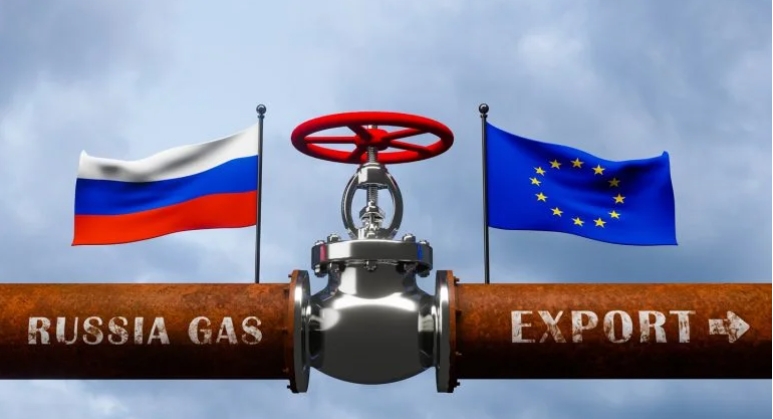
The plan is expected to be announced in early May, although specific details remain limited.
This roadmap, set to be unveiled in early May, lacks detailed specifics but aims to reduce the EU’s dependence on Russian gas. The Commission is also preparing a 17th sanctions package targeting Russia, expected by June, though progress has been slow. Discussions on restricting Russian LNG imports occurred in January during the development of the 16th sanctions package.
The Commission noted: “The EU is doing its part. Now, it is necessary for the US to define its position. As with every negotiation, this must be a two-way street.” Recent talks between the EU’s trade chief and a U.S. counterpart focused on initiating negotiations, described as a “scoping exercise.” U.S. President Donald Trump has encouraged the EU to increase purchases of U.S. gas, which EU officials view as a potential leverage point in discussions to address U.S. tariffs. However, the U.S. has not yet clarified its expectations.
The EU remains cautious about losing access to Russian LNG through sanctions, as it could weaken its position in negotiations. Additionally, the EU and its member states aim to avoid over-reliance on the U.S., which ranks as the bloc’s third-largest gas supplier after Russia and Norway.
According to the International Energy Agency, European LNG imports are projected to rise by 25% in 2025, driven by reduced piped gas imports and growing domestic demand. In contrast, Asia’s LNG imports are expected to decrease due to competition from Europe for flexible LNG cargoes. Global gas demand growth is forecasted to slow to approximately 1.5% in 2025, affected by tight market conditions and economic uncertainties.
The EU’s strategy reflects a balanced approach to securing energy supplies while navigating complex international trade dynamics, prioritizing energy stability and diversified sourcing.